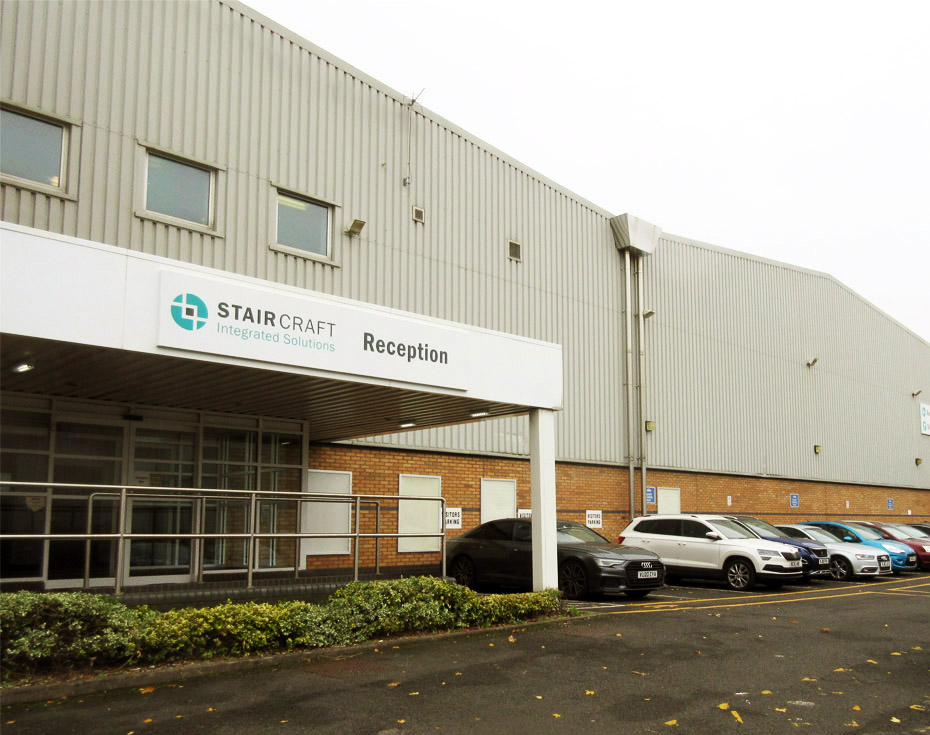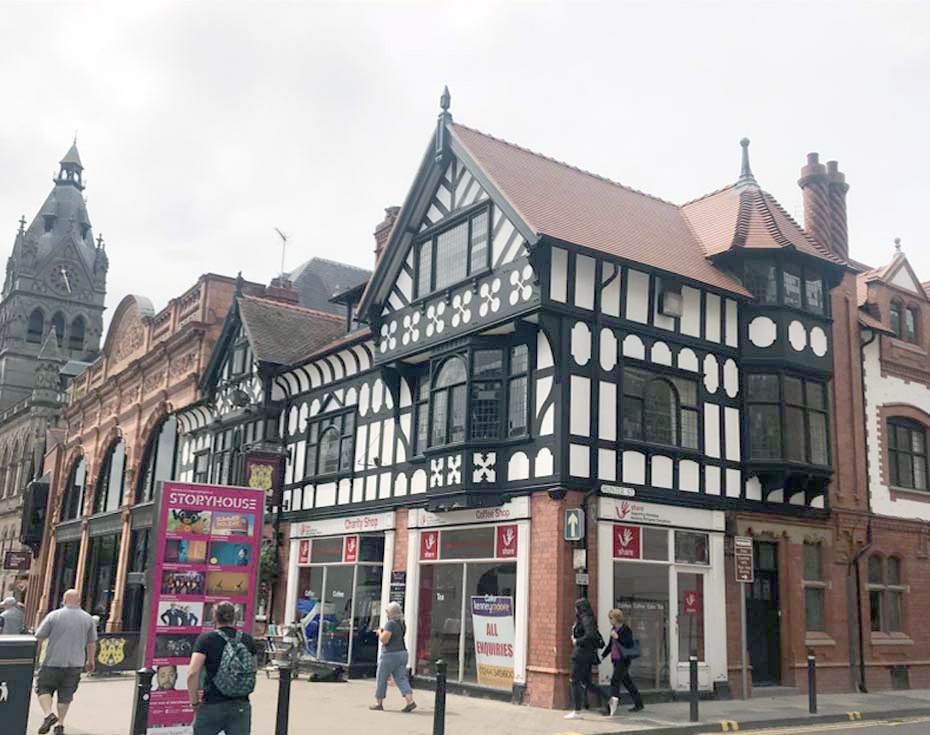Speak to an expert
Select the service you wish to discuss.
Viewpoint: Are alternative assets becoming more mainstream?
Residential & Student | Martin Hunt | 12 February 2021With instructions covering acquisition and development monitoring advice on portfolios of build-to-rent flats and houses, retirement homes as well as assisted living schemes, for a mixture of private pension funds, real estate fund management companies and investment firms, we are seeing that whilst the alternatives sector has been hit by the pandemic, it does appear performing better than the more traditional sectors.
With regards to the residential property especially, there is a demand for a different living “experience”. From Generations Y and Z to Baby Boomers, and the market is reacting to this need by providing a variety of options.
It’s easy to see why these alternative assets are attractive to investors and developers. The UK population of over 75s is set to increase by 56% over the next 20 years, with property as the single biggest source of household wealth for this age group at more than £775bn in Britain.
As for the younger generation, as house price rises have outpaced wage increases, the flexibility of renting is now seen as a benefit. Providing private renters with what they need from accommodation with a greater focus on first-class facilities, such as, concierge service, community amenities, onsite maintenance, fast broadband etc., offers investors a lower risk level in the form of assured rental returns and high tenant demand.
We are busy undertaking Vendor’s Surveys across the traditional sectors; getting assets primed and ready for the right market conditions for disposal. However, it is interesting to see the rise in alternative assets being increasingly viewed as ‘mainstream’ real estate.










